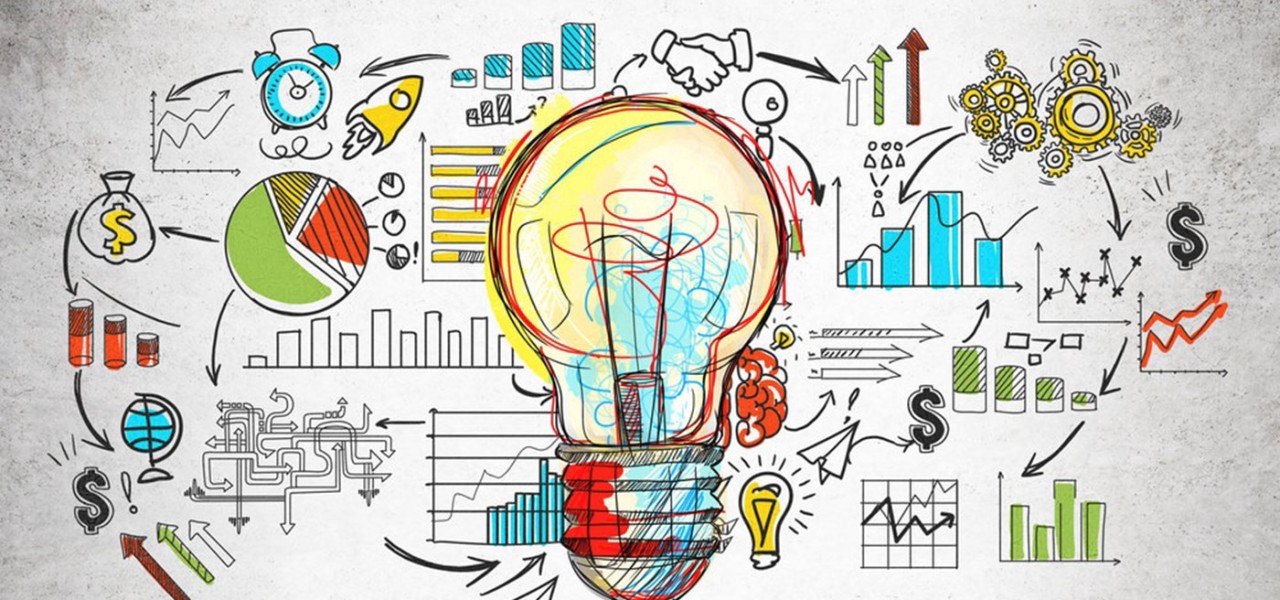In recent years, the term creative economy has become increasingly popular in discussions of global economic trends, cultural industries and innovation. But what exactly is the creative economy and why is it important to understand it? In this article, we want to talk about the concept of creative economy, its characteristics and some of its aspects. We want to know what the creative economy includes and why it is important for everyone? We will see that from policymakers to entrepreneurs, artists and the general public care about the creative economy. But why and how?
What is the creative economy?
Original, creative economy to Economic value The result of industries and activities creatively refers to These industries are based on Human creativity, Cultural heritage and Intellectual property to produce wealth and employment are created Creative economy Ideas, Innovation and artistic expression Based on that Powerful engine It transforms for social growth and development.
The creative economy encompasses a wide range of sectors, including:
- Traditional arts
- design
- Media and entertainment
- Digital technology
This concept goes beyond the production of content such as movies, music and art and sections like:
- Advertising
- publication
- architecture
- Video games
- fashion
- Technology-based innovations (such as application development and digital design)
also includes
The term “creative economy” was coined in 2001 by John Hawkinsbecame a member of the advisory committee of the United Nations Development Program (UNDP). He called the creative economy to 15 industryfrom art to science and technology. This concept has a wide range, because not only goods and Cultural servicesrather games, toys And the whole area Research and development includes Therefore, this concept in addition to activities and processes cultural considers the core of a powerful economy, with Manifestations of creativity It also deals with areas that are not usually considered cultural.
Creative economy based Creative capitals It is defined as one of the causative factors Economic growth and social It is considered an advanced society. This concept has two special features:
- Its added value comes from the creative activities of the mind and thought processing.
- In this type of economy, industries with less harvesting of nature and the environment and less pollution they cause to the environment, cause far less damage to nature than the classical economy..
In other words, creative economy means:
Economic activities that need to use creative talents to achieve business goals.
Why is the creative economy important?

Collaborate and be creative in ways that were previously impossible. Digital tools, social media platforms and e-commerce have made it possible to reach a global audience, while innovations in areas such as artificial intelligence and virtual reality have opened up new horizons for creativity and entrepreneurship.
But the creative economy is not just limited to technology, it is also about diversity and adaptability. Unlike traditional sectors such as manufacturing or agriculture, the creative economy is built on the value of human initiative and the ability to adapt to changing demands and trends. Creativity does not exist only in the form of art; Rather, it permeates everything from advertising campaigns and product design to business strategies and social innovation.
The economic impact of creativity

Economic The creative economy is significant and its potential continues to grow. According to UNESCO, the global creative economy was worth more than $2.25 trillion in 2021 and is consistently growing faster than any other sector. This growth is driven by globalization. Where the demand for content, ideas and entertainment is growing worldwide.
In countries such as the United States and the United Kingdom, creative industries contribute a lot to GDP. For example, in the UK, creative industries accounted for around £115 billion in 2020, which is roughly 6% of the country’s economy. In the United States, sectors such as film and television, music and design contribute billions of dollars to the economy each year, creating jobs and driving innovation in established industries and emerging sectors.
The creative economy is not only limited to the money it generates, but also plays an essential role in cultural exchange and social development. The creative economy can break down barriers, foster cross-cultural collaboration, and connect people in new and exciting ways.
The main sectors of the creative economy
The creative economy is not a single industry, but a collection of diverse sectors. Here are some of the highlights of this ecosystem:
1. Art and culture
Art and traditional culture have long been at the heart of the creative economy. It includes visual arts, theater, dance, literature and music. Artists and performers in these fields produce works based on their talent, creativity and innovation that entertain people, provoke thought and contribute to the cultural fabric of society. Cultural institutions, museums and galleries also play an important role in preserving and displaying creative works.
2. design
Design is one of the main factors in the creative economy, which includes various industries such as industrial design, graphic design, interior design, fashion design and architecture. Design is an integral part of everything from the clothes we wear to the buildings we live in to the digital products we use every day. In the modern world that depends on aesthetics and user experience, the presence of designers is necessary to create functional and visually attractive products.
3. Media and entertainment
Media and entertainment are probably the best-known sectors of the creative economy. This section includes movies, television, radio, music and video games. These industries are worth billions of dollars globally and produce content that entertains, informs and educates people. The rise of streaming platforms, social media and digital content production have revolutionized these industries, allowing independent creators to easily find a global audience.
4. Digital technology and innovation
In today’s digital world, technology plays a vital role in the creative economy. The intersection of creativity and technology has given rise to new fields such as app development, video game design, augmented and virtual reality, and digital marketing. Innovative technology solutions are used in advertising, entertainment, health and education. For example, virtual reality (VR) artists and designers can now create immersive experiences for users, while app developers build tools that allow users to express their creativity.
5. Advertising and marketing
Creative professionals are also an integral part of the advertising and marketing industries, focusing on creating strong messaging, narratives and branding strategies. Advertising agencies, digital marketers, and content creators play key roles in building brand identity, reaching target audiences, and creating campaigns that increase consumer engagement.
6. publication
The publishing industry includes books, magazines, newspapers, and digital content such as blogs, e-books, and online articles. Writers, journalists, editors and publishers contribute to the creative economy by producing content that informs, entertains and engages people. The publishing industry plays a fundamental role not only in culture and education, but also in economic markets.
The future of the creative economy
Overall, the creative economy will continue to grow and evolve. The ever-increasing combination of technology and creativity will create new ways to create, distribute and consume content.
Artificial intelligence, augmented reality and other advanced technologies will open more doors to creative possibilities and provide more personalized and immersive experiences. As the world becomes increasingly connected, the demand for creative global solutions will increase.
Governments, businesses and individuals must work together to foster an environment that supports creativity, innovation and entrepreneurship. This includes investing in education and skills development, protecting intellectual property rights and supporting inclusive policies to ensure that all people have access to the opportunities of the creative economy.
Conclusion: Creativity is at the heart of economic growth
The creative economy is more than just a buzzword. This theme is a powerful force that shapes the future of work and growth. In a world where technology, culture and business are constantly evolving, creativity provides the fuel for progress, innovation and change. Whether you are an artist, entrepreneur, technologist or consumer, the creative economy offers opportunities for personal expression, economic empowerment and social impact.
Creativity does not fade with time and will continue to be a determining factor in the way we work, live and communicate. By embracing the potential of the creative economy, we can provide new possibilities for people, communities and the world.
Source Link

